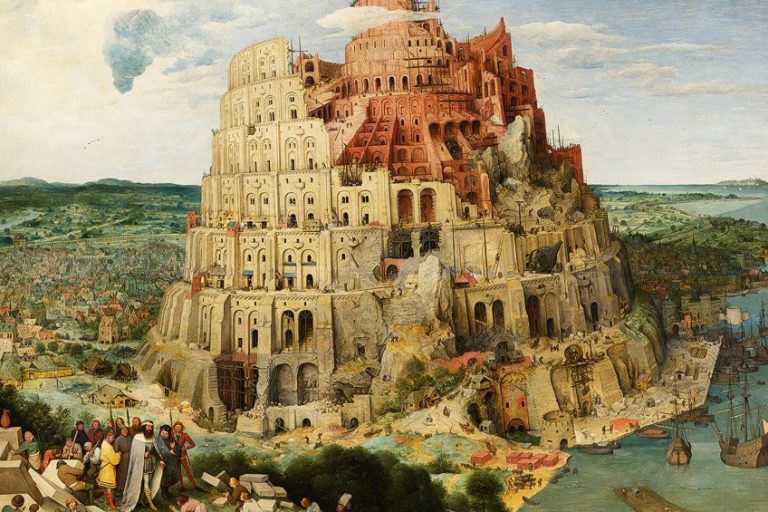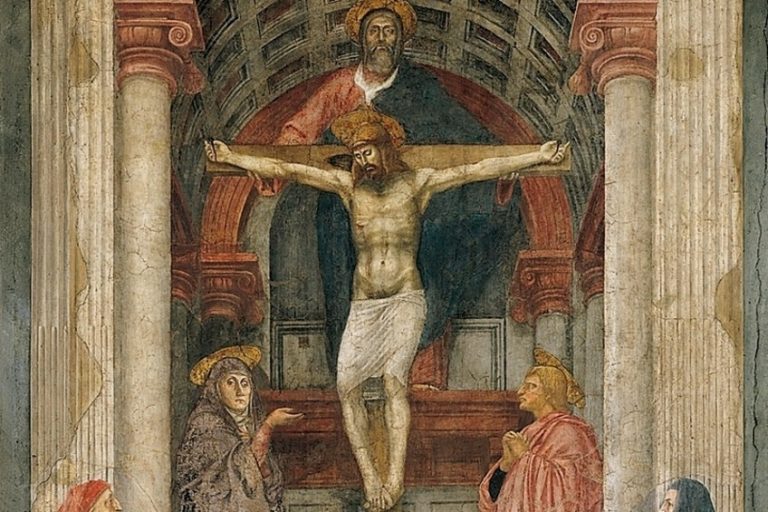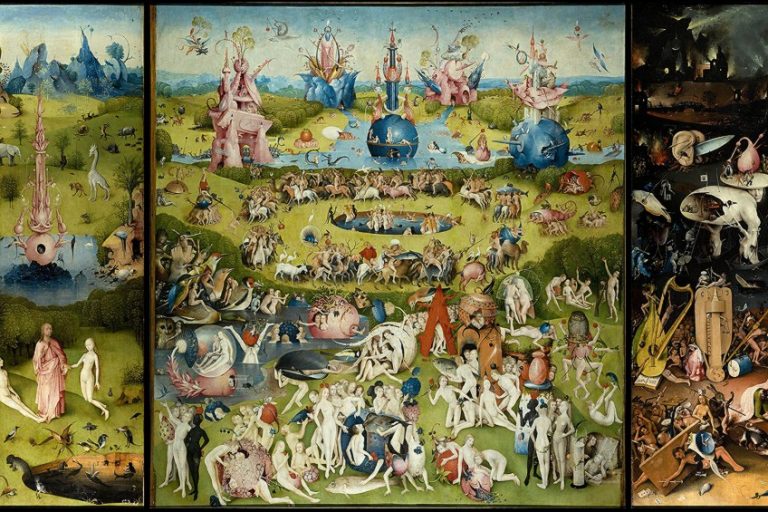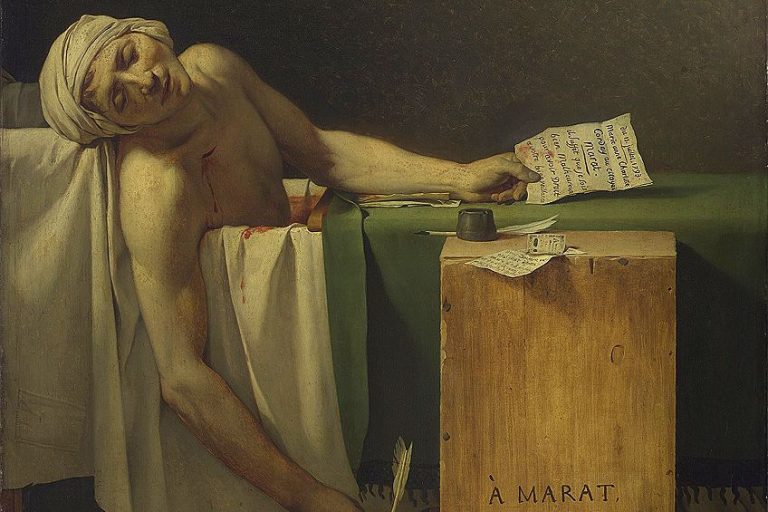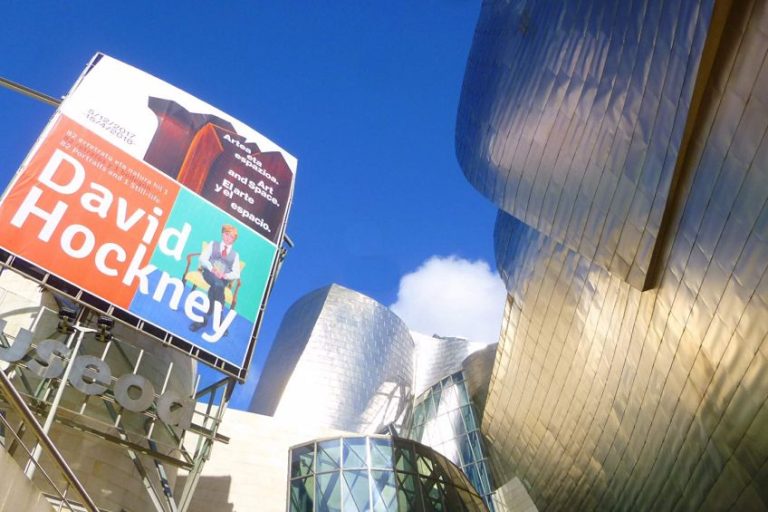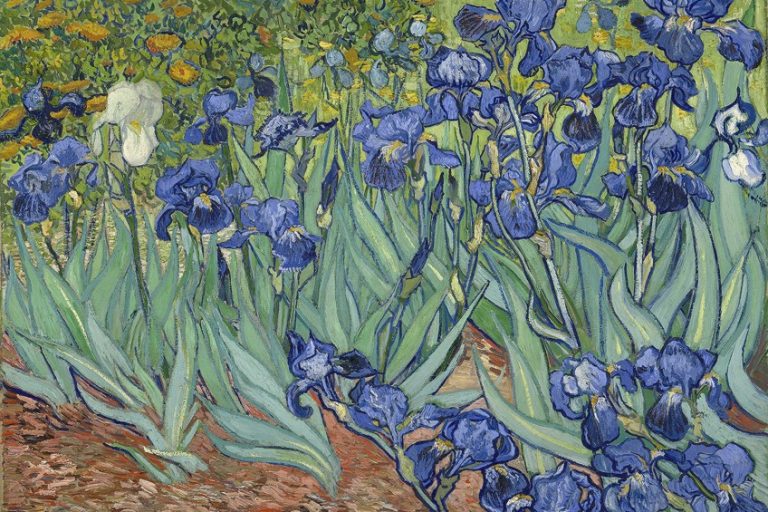“Three Musicians” by Pablo Picasso – A Deep Dive Analysis
While Pablo Picasso was a multi-faceted artist, painting in a wide scope of styles that ranged from naturalistic to abstract, he was best known for his pioneering role in developing Cubism, an art movement that turned reality on its head. This article will explore the Three Musicians (1921) oil on canvas from his Synthetic Cubism period.
Artist Abstract: Who Was Pablo Picasso?
Pablo Picasso was a Spanish artist who was born in Málaga in Spain on October 25, 1881, and died on April 8, 1973. He was multitalented with proficiency in painting, printmaking, sculpting, and ceramics, among other skills. He explored and pioneered a diversity of art styles including the famous Cubism-producing collages. Amongst his numerous artworks, he achieved fame for The Portrait of Gertrude Stein (1906), Les Demoiselles d’Avignon (1907), and Guernica (1937).
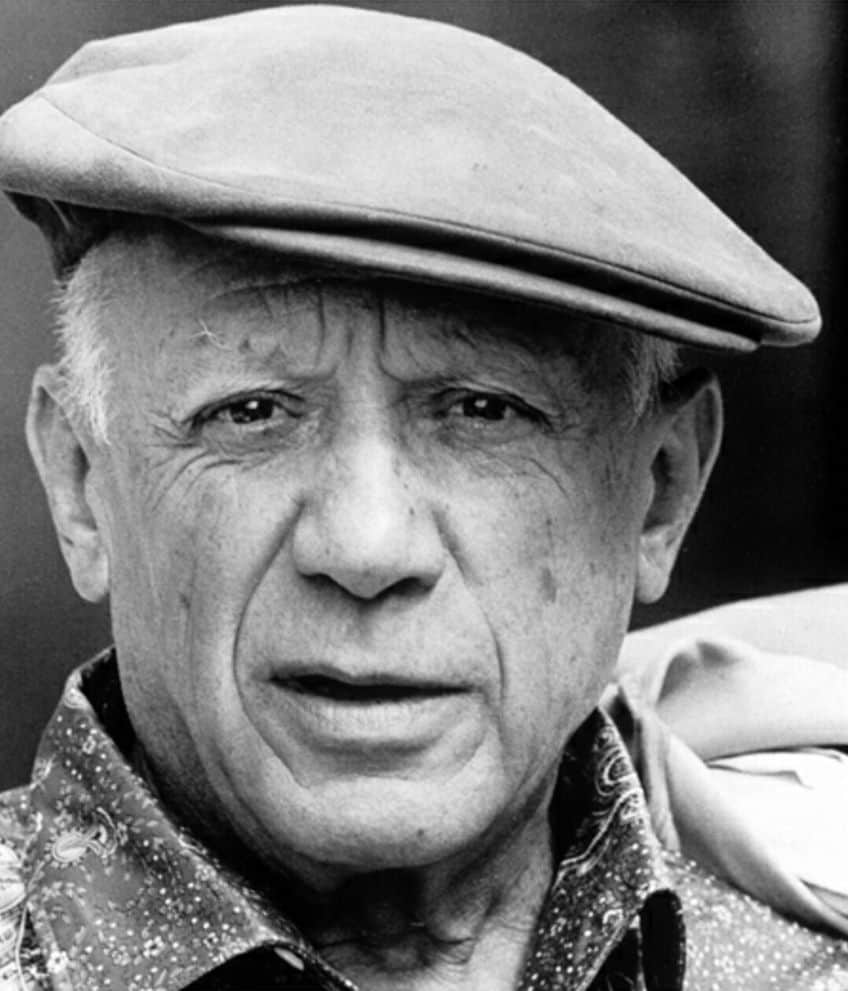
Three Musicians (1921) by Pablo Picasso in Context
In the Three Musicians painting analysis below you will learn about when Picasso painted this oil on canvas, placing it within the famous and important art style of Cubism, more specifically Synthetic Cubism and what made it so unique.
You will then have a closer gaze at the subject matter, notably the version at the Museum of Modern Art in New York City, and Picasso’s artistic techniques.
| Artist | Pablo Picasso (1881 – 1973) |
| Date Painted | 1921 |
| Medium | Oil on canvas |
| Genre | Genre painting |
| Period / Movement | Synthetic Cubism |
| Dimensions (cm) | 200.7 x 222.9 |
| Series / Versions | There are two versions, the other is held at the Philadelphia Museum of Art, Pennsylvania, United States |
| Where Is It Housed? | Museum of Modern Art (MoMA), New York City, United States |
| What It Is Worth | N/A |
Contextual Analysis: A Brief Socio-Historical Overview
To better understand any artwork by the beloved Pablo Picasso you will need to know a bit more about the art movement Cubism, which he pioneered with artist Georges Braque during the early 1900s, reportedly around 1907. Some of the common characteristics of Cubism include its geometric and fragmented shapes and forms, and it is also described as having two-dimensional and flat picture planes with various angles that overlap with one another.
Cubism reportedly started around the time when Picasso created his famous Les Demoiselles d’Avignon (1907) oil on canvas. However, the art movement was also inspired by artists like Paul Cézanne, who was a leading Post-Impressionist during the 19th century. He explored the geometric aspects of subject matter and compositions, much like the focus of Cubism.
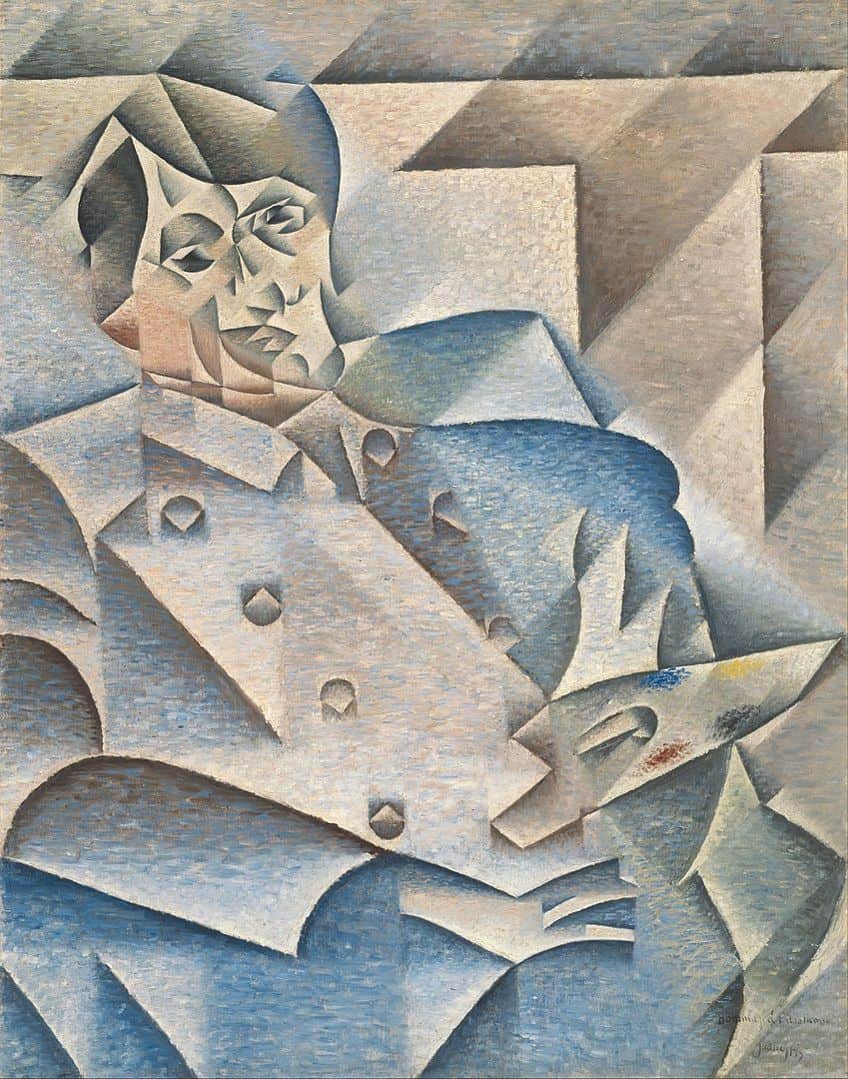
Cubism was divided into two primary categories, Analytical and Synthetic. The former started around 1908 to 1912 and consisted of subdued color schemes, and the subject matter was often described as “fragmented” and “abstracted” to create a picture plane that was multi-angled.
Synthetic Cubism, which started around 1912 to 1914, included more colors compared to Analytical Cubism, and it also explored flatter picture planes. What also set it apart was the utilization of collages, incorporating objects like newspapers or various papers. Pablo Picasso painted Three Musicians when he was in Fontainebleau, in Paris in 1921.
Reportedly, he painted the three figures to symbolize two of his friends, namely Guillaume Apollinaire and Max Jacob, both of whom Picasso had a close relationship with.
Formal Analysis: A Brief Compositional Overview
The Three Musicians painting analysis will take a closer look at its visual details and the geometric qualities of this Synthetic Cubist painting. Picasso’s art style will be discussed around the art elements as categories.
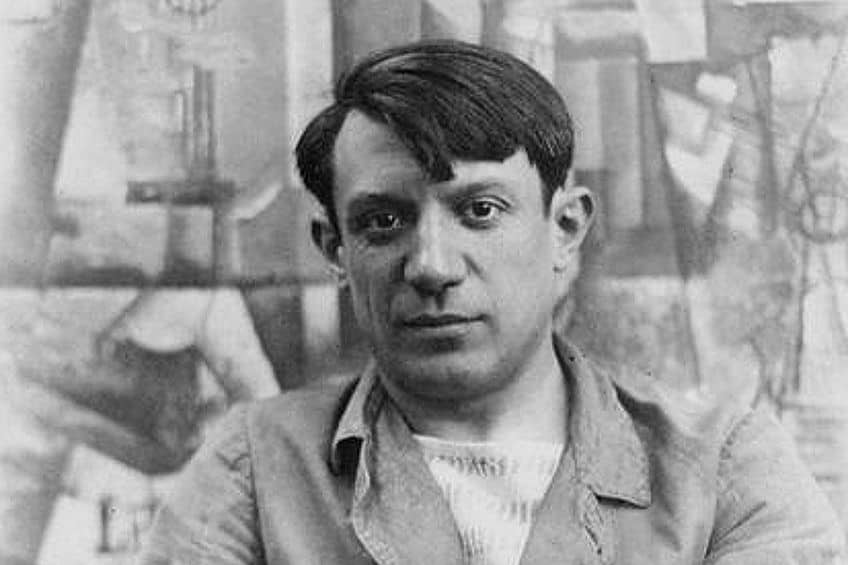
Subject Matter: Visual Description
Three Musicians by Pablo Picasso depicts three collage-like and fragmented figures next to one another on a stage. Starting from the left is the block-like, white, and black shape of a Pierrot who is playing the clarinet, holding it with both of his (rather) small hands. This figure symbolizes Guillaume Apollinaire who died in 1918 of the Spanish flu.
In the center, to the Pierrot’s left (our right), is the figure of a harlequin with a yellow and reddish (or orange) suited outfit with diamond-shaped patterns and white shoes. His face appears quite large, with two black circles for eyes and a rectangular-shaped mouth.
He appears to also wear a black hat and he is playing the guitar.
To the right is the third figure, a monk, who is holding sheet music, he is wearing a dark-robed outfit and has a long grey beard. This figure symbolizes that of Max Jacob, and interestingly, he reportedly joined a monastery, which is why Picasso depicted him as a monk.
There is also a brown table and a large brown dog on the stage. The dog is more deconstructed, its body appears to be under Pierrot, and its two front legs and paws are out in front of it facing the left wall of the composition. Its head and neck are positioned slightly above its paws, appearing almost like a shadow against the left corner and back of the wall of the background. Its hind leg lies between Pierrot’s legs and its small curvy tail is between the harlequin’s legs.
Color
Three Musicians by Pablo Picasso consists of various brighter and neutral colors. The background and stage are in different shades of brown. The table on the stage in the foreground is also a lighter brown, as well as parts of the figures and the dog. The three figures are overlapping in part blue, black, white, and the more colorful red (or orange) and yellow of the Harlequin’s outfit.
The different areas of color create a dynamic effect for the composition.
Texture
While there is some visible texture evident from Picasso’s paintbrush, there is also implied text, for example, the brushstroke lines on the dog’s body to indicate its fur or the vertical wavy lines to imply the monk’s beard.
Shape and Form
Similarly, there are seemingly countless geometric shapes and flatter forms overlapping one another, also adding the effect of movement and dynamism, making it a lively space. This work has been described as appearing like “cut-out” pieces of paper, which gives it its collage-like appearance.
There are angular shapes and sharp edges, notice the monk’s headpiece, which has a pointed left side, the semi-circular shapes, for example, the harlequin’s headpiece or the guitar’s body, the triangular shapes of the Pierrot’s headpiece and the Harlequin’s suit, or the smaller circles that compose the clarinet’s holes and the figures’ eyes.
Line
There are a variety of lines composing Three Musicians by Pablo Picasso, for example, angular lines composing the figures, with combinations of diagonal, straight, and curved lines for example the patterns on the Harlequin’s outfit or the curved lines of the guitar’s shape.
Space
Pablo Picasso created a fragmented and “shallow” space in Three Musicians, bringing the figures close to the foreground, almost in our (the viewers’) space, which is also heightened by the lack of depth in the background. Furthermore, Picasso depicted the scene from different angles, for example, the figures appear from a frontal perspective and the table appears as if viewed slightly from an aerial viewpoint.
A Lively Trio
This painting was created in the Synthetic Cubist art style and has been widely described as appearing like paper cut-outs on a canvas. However, Picasso also turned to a medium he was already familiar with, which was oil on canvas. It is a depiction of three friends, a lively trio if you will, rendered in the unique styles that originated from Picasso’s unique artistic oeuvre.

This article explored the “Three Musicians” painting analysis, an oil on canvas by Pablo Picasso, which he painted in 1921 depicting three figures, including himself and two of his friends, as musicians on a stage. There are also two versions of this painting, of which this article discussed the version housed at the Museum of Modern Art (MoMA); the other Three Musicians painting is housed at the Philadelphia Museum of Art.
Frequently Asked Questions
Who Painted the Three Musicians?
The Three Musicians (1921) was painted by Pablo Picasso during his Synthetic Cubism phase. It depicts the artist himself with two friends as musicians, and was notably inspired by the Commedia Dell ’Arte, which was a genre of Italian theatre. It is an oil on canvas that measures 200.7 x 222.9 centimeters.
How Many Versions of the Three Musicians by Pablo Picasso Are There?
There are two versions of the Three Musicians by Pablo Picasso, both of which he painted in 1921. One is held at the Museum of Modern Art in New York City, and the other is at the Philadelphia Museum of Art, in the United States.
What Art Style Is the Three Musicians Painting?
The Three Musicians (1921) by Pablo Picasso was created in the Synthetic Cubism art style, which was characterized by an angularity in the shapes, collage-like effects, and colors that would appear flat on the composition.
Alicia du Plessis is a multidisciplinary writer. She completed her Bachelor of Arts degree, majoring in Art History and Classical Civilization, as well as two Honors, namely, in Art History and Education and Development, at the University of KwaZulu-Natal, South Africa. For her main Honors project in Art History, she explored perceptions of the San Bushmen’s identity and the concept of the “Other”. She has also looked at the use of photography in art and how it has been used to portray people’s lives.
Alicia’s other areas of interest in Art History include the process of writing about Art History and how to analyze paintings. Some of her favorite art movements include Impressionism and German Expressionism. She is yet to complete her Masters in Art History (she would like to do this abroad in Europe) having given it some time to first develop more professional experience with the interest to one day lecture it too.
Alicia has been working for artincontext.com since 2021 as an author and art history expert. She has specialized in painting analysis and is covering most of our painting analysis.
Learn more about Alicia du Plessis and the Art in Context Team.
Cite this Article
Alicia, du Plessis, ““Three Musicians” by Pablo Picasso – A Deep Dive Analysis.” Art in Context. March 14, 2023. URL: https://artincontext.org/three-musicians-by-pablo-picasso/
du Plessis, A. (2023, 14 March). “Three Musicians” by Pablo Picasso – A Deep Dive Analysis. Art in Context. https://artincontext.org/three-musicians-by-pablo-picasso/
du Plessis, Alicia. ““Three Musicians” by Pablo Picasso – A Deep Dive Analysis.” Art in Context, March 14, 2023. https://artincontext.org/three-musicians-by-pablo-picasso/.



